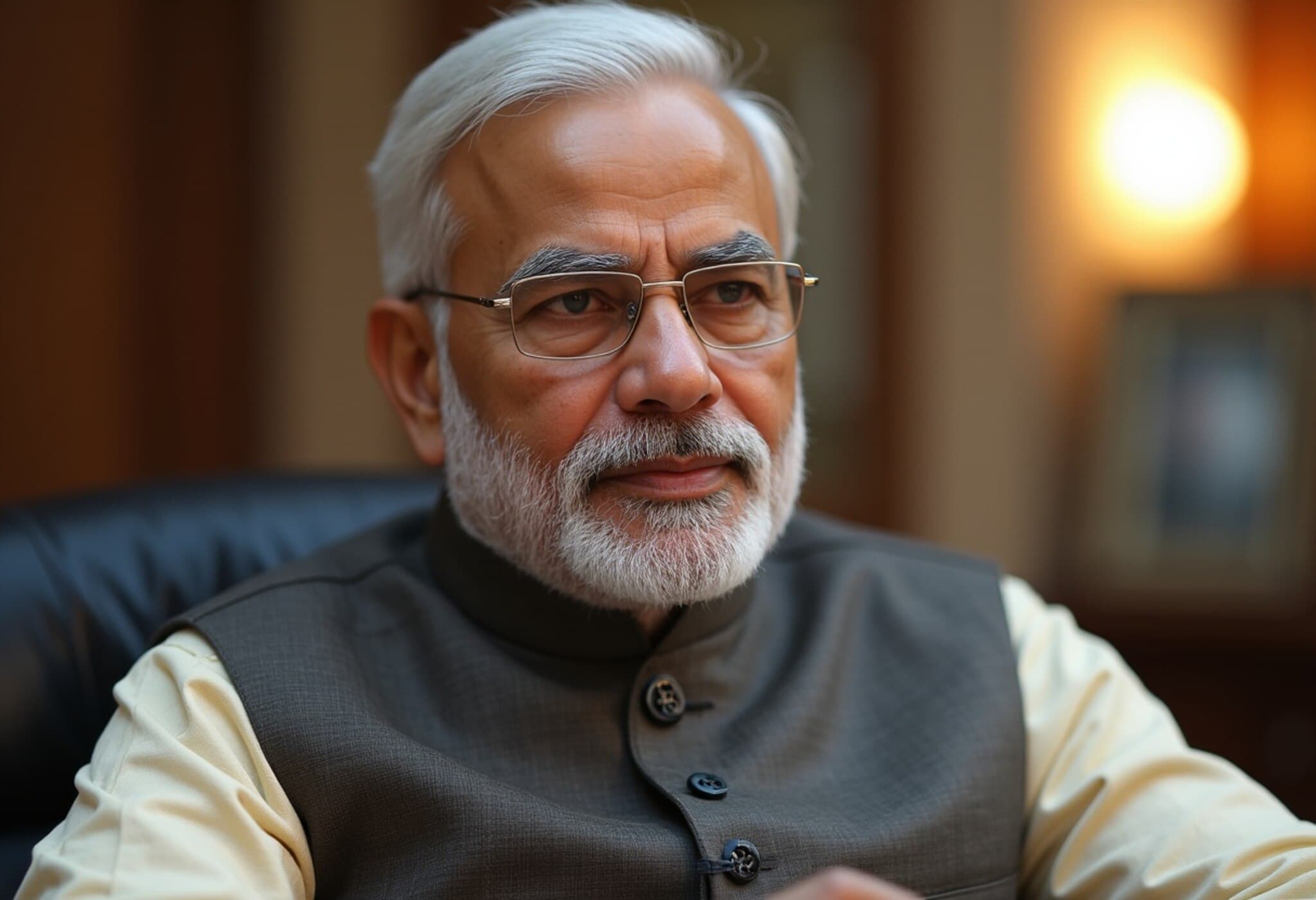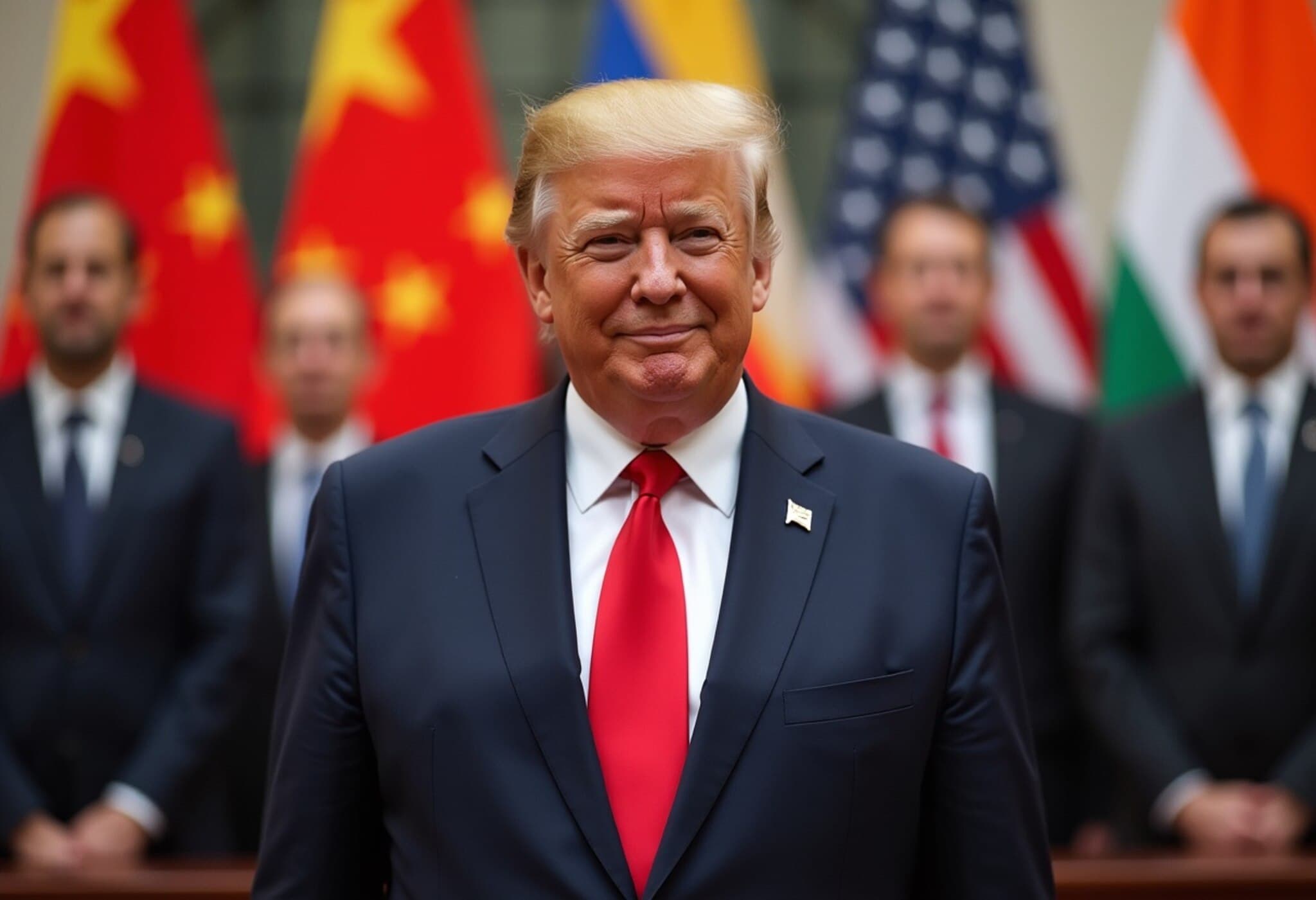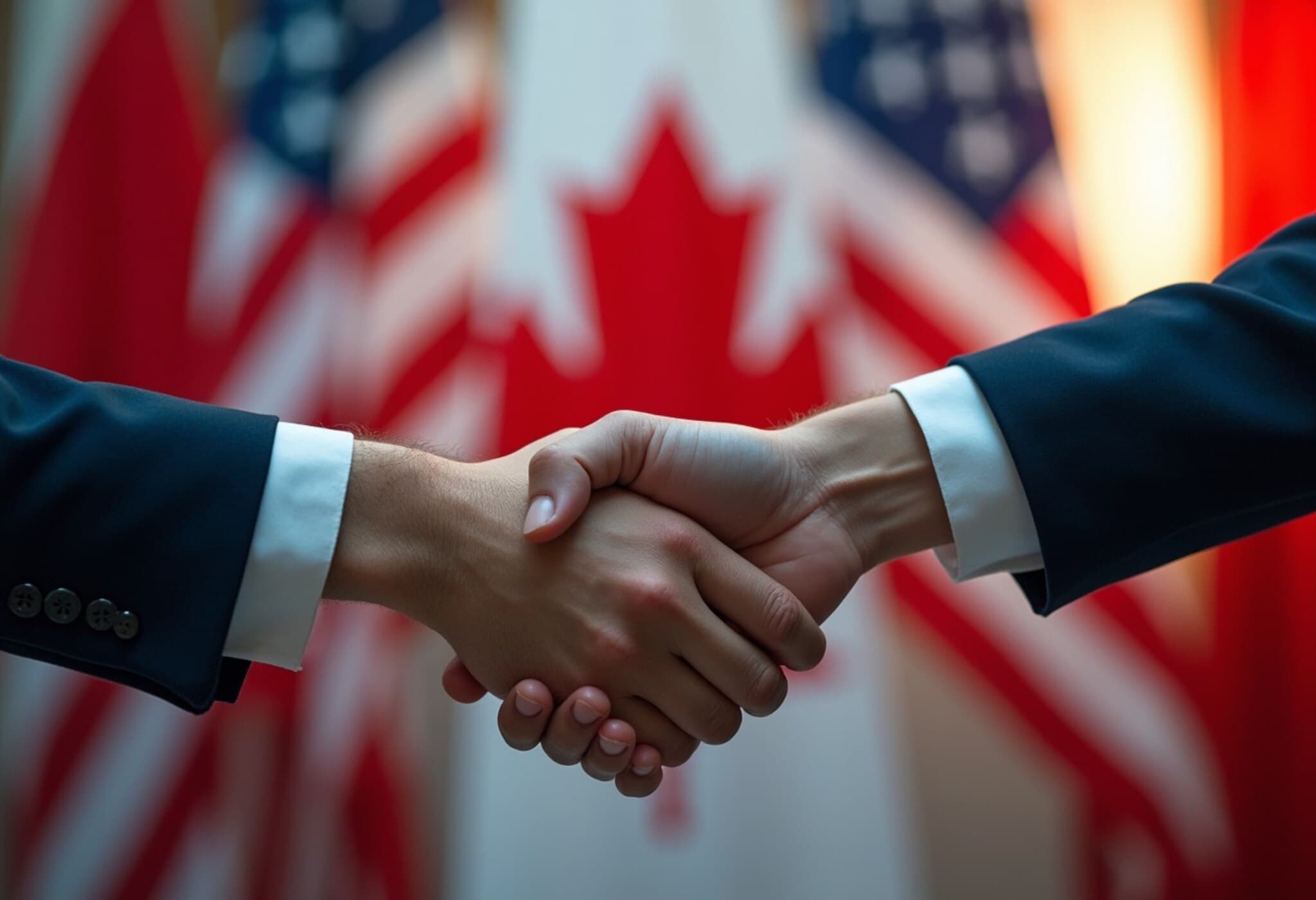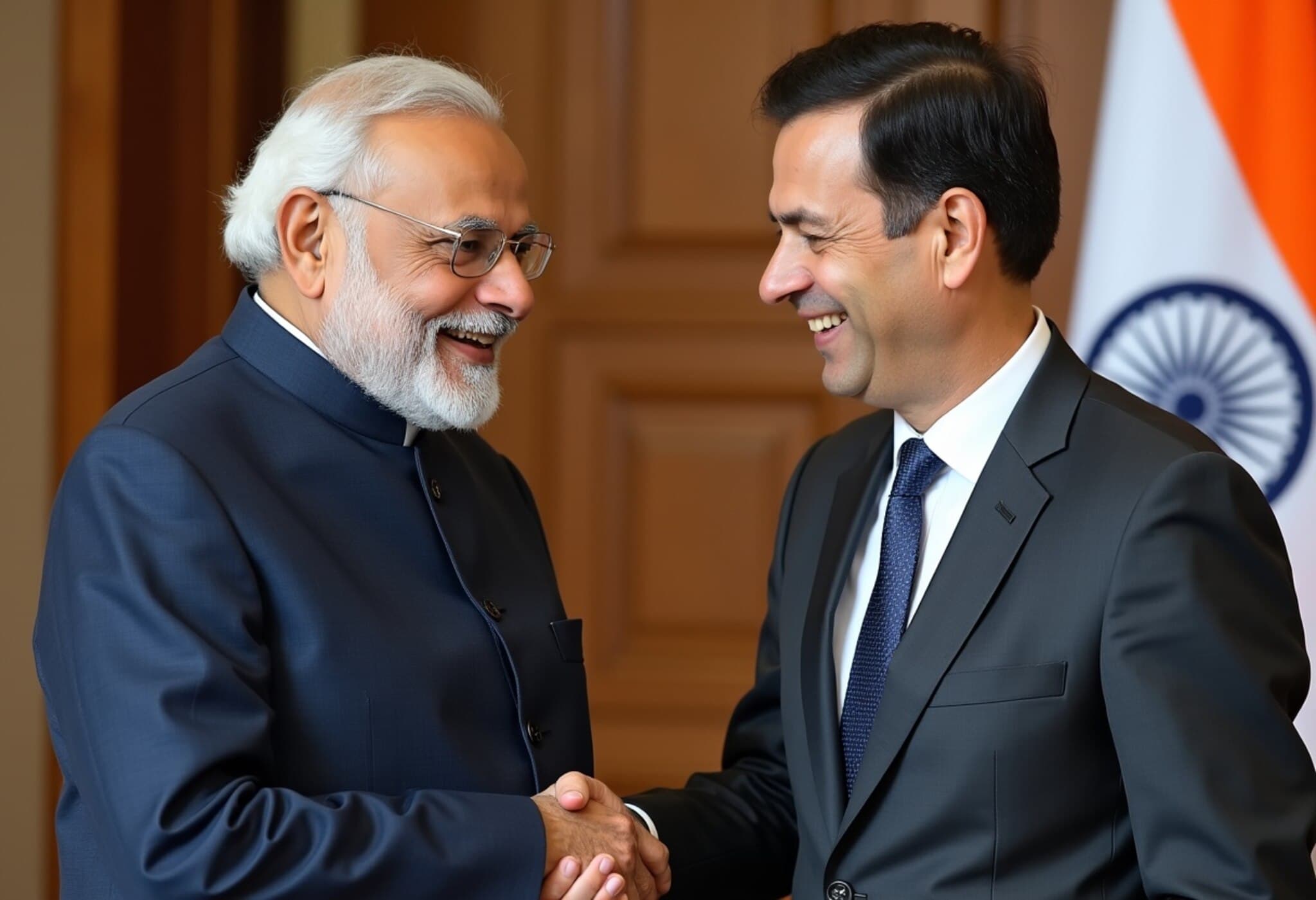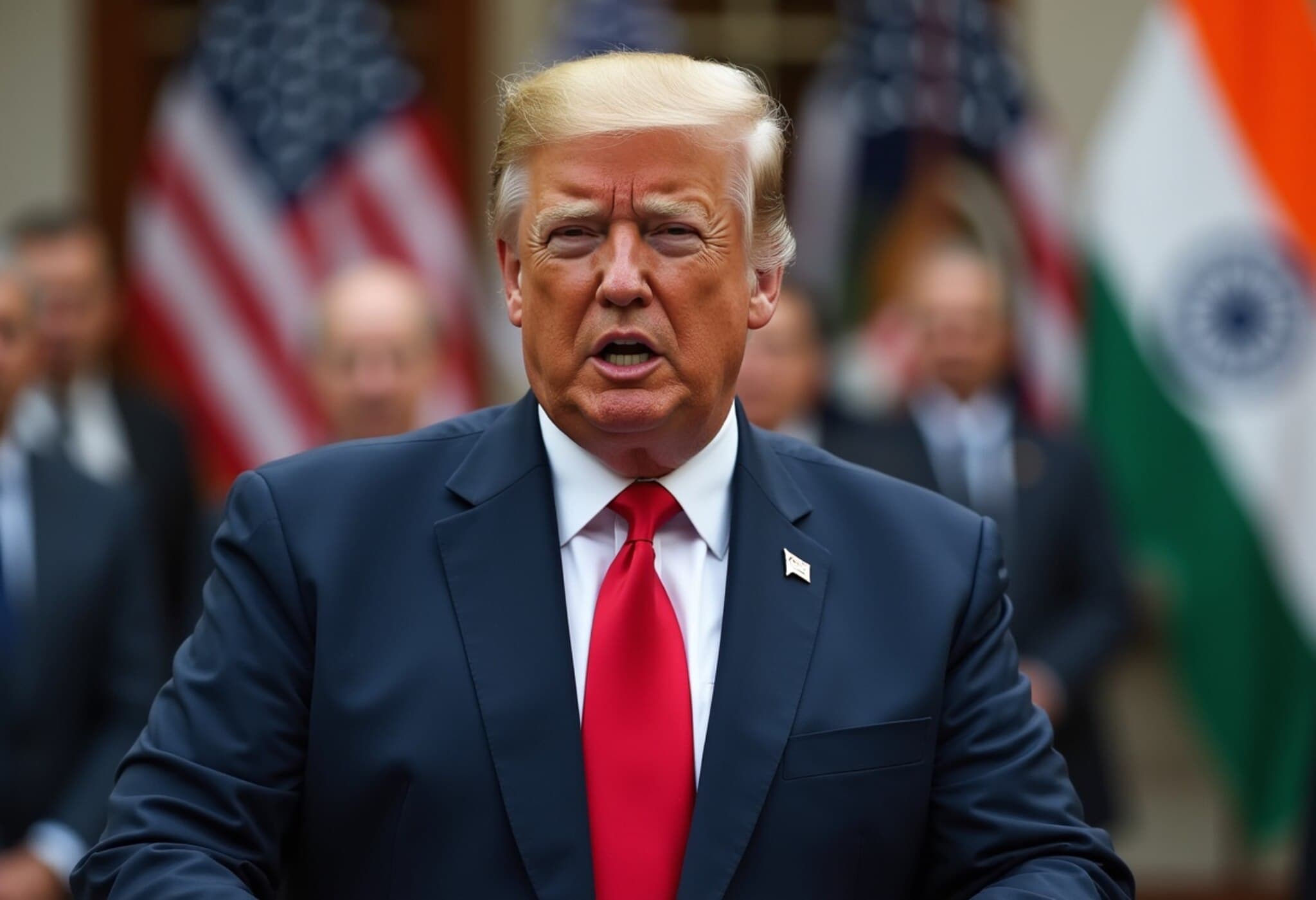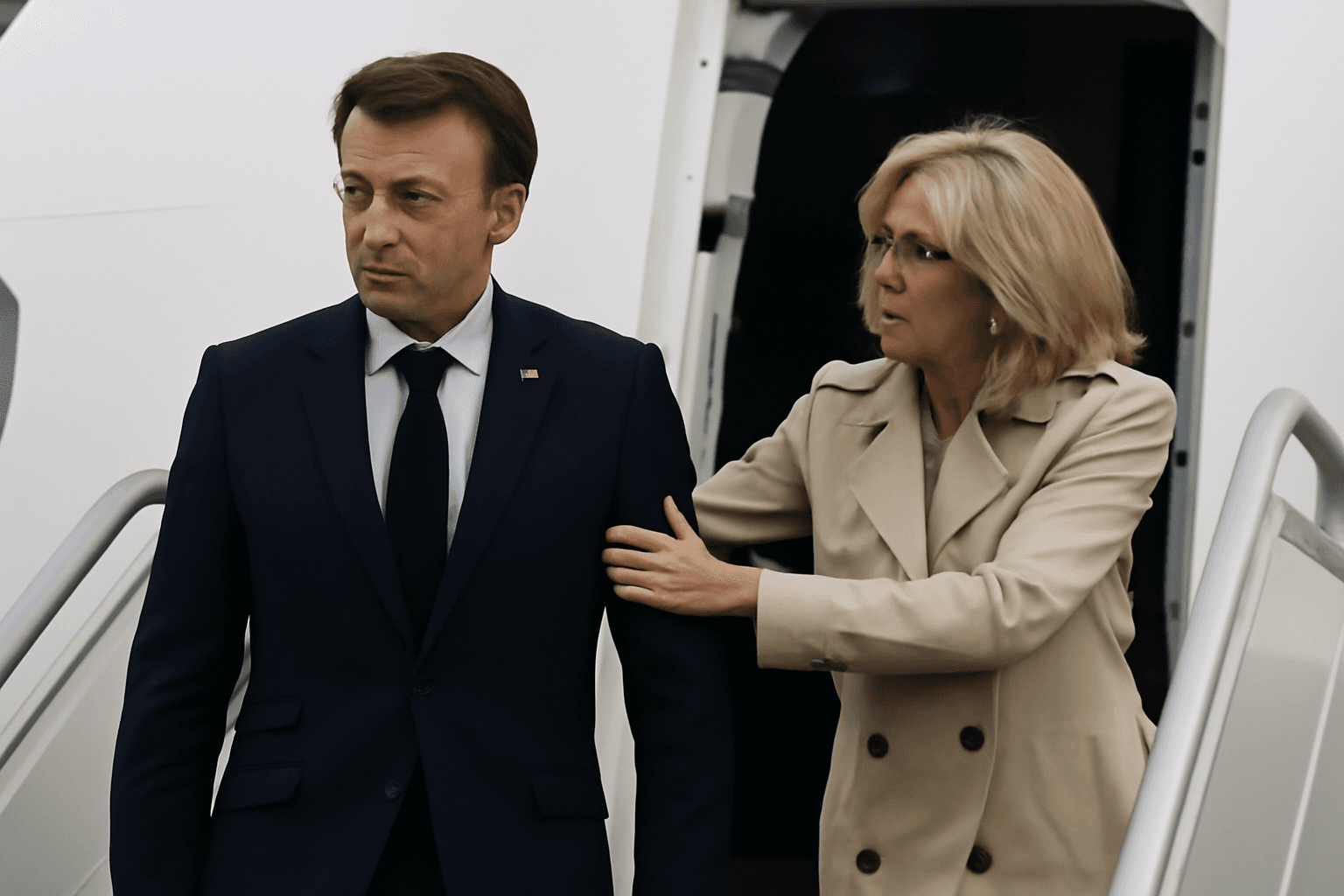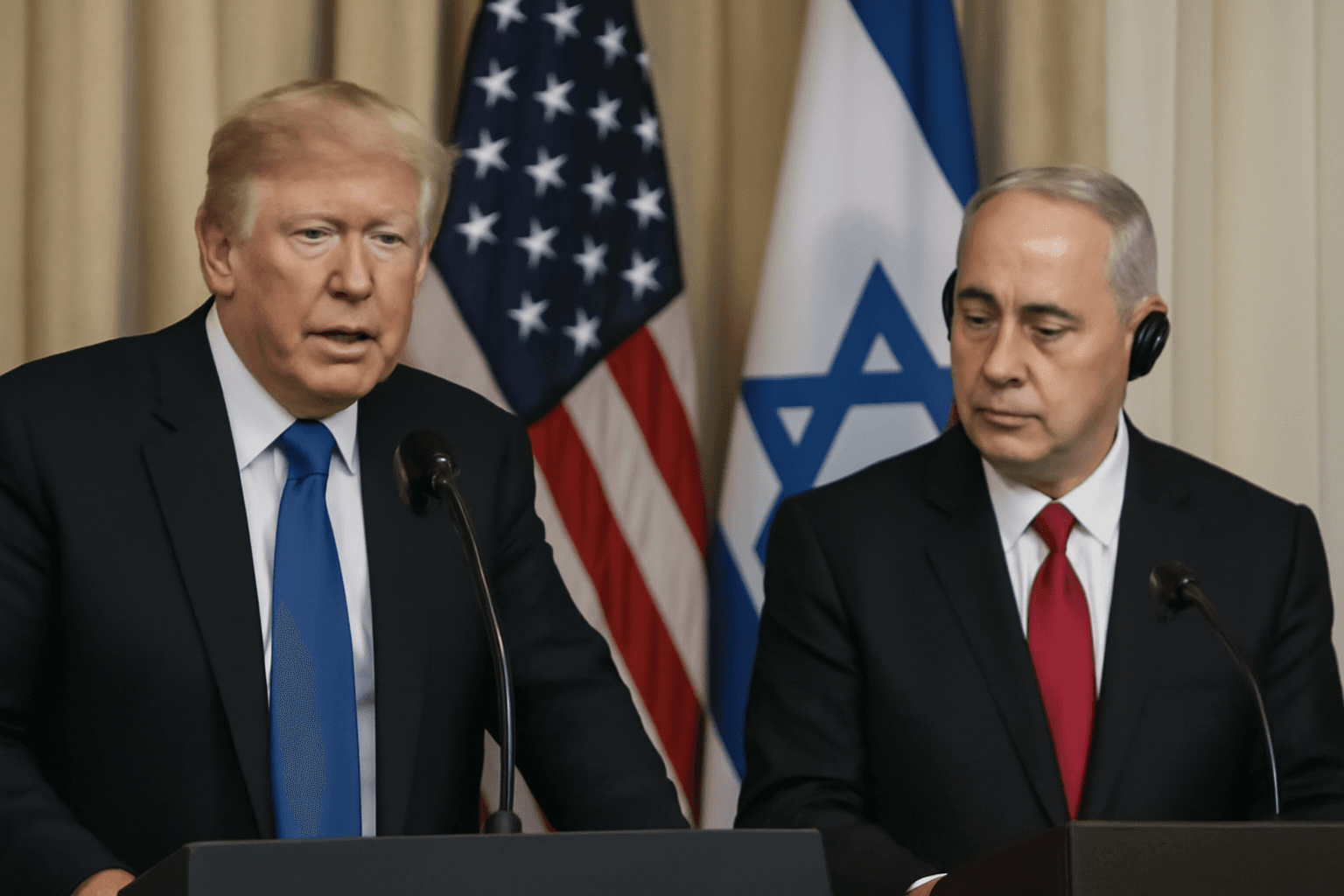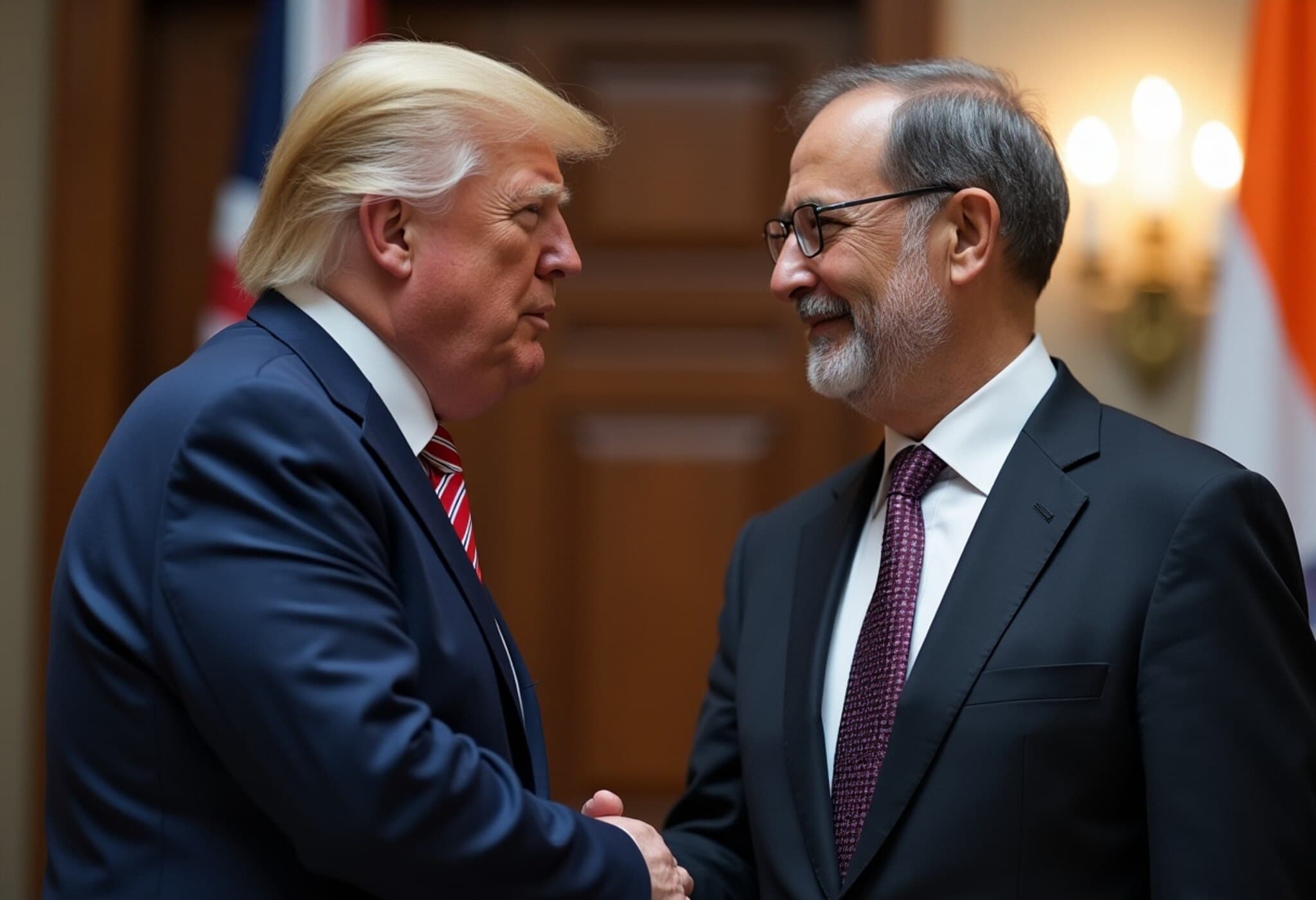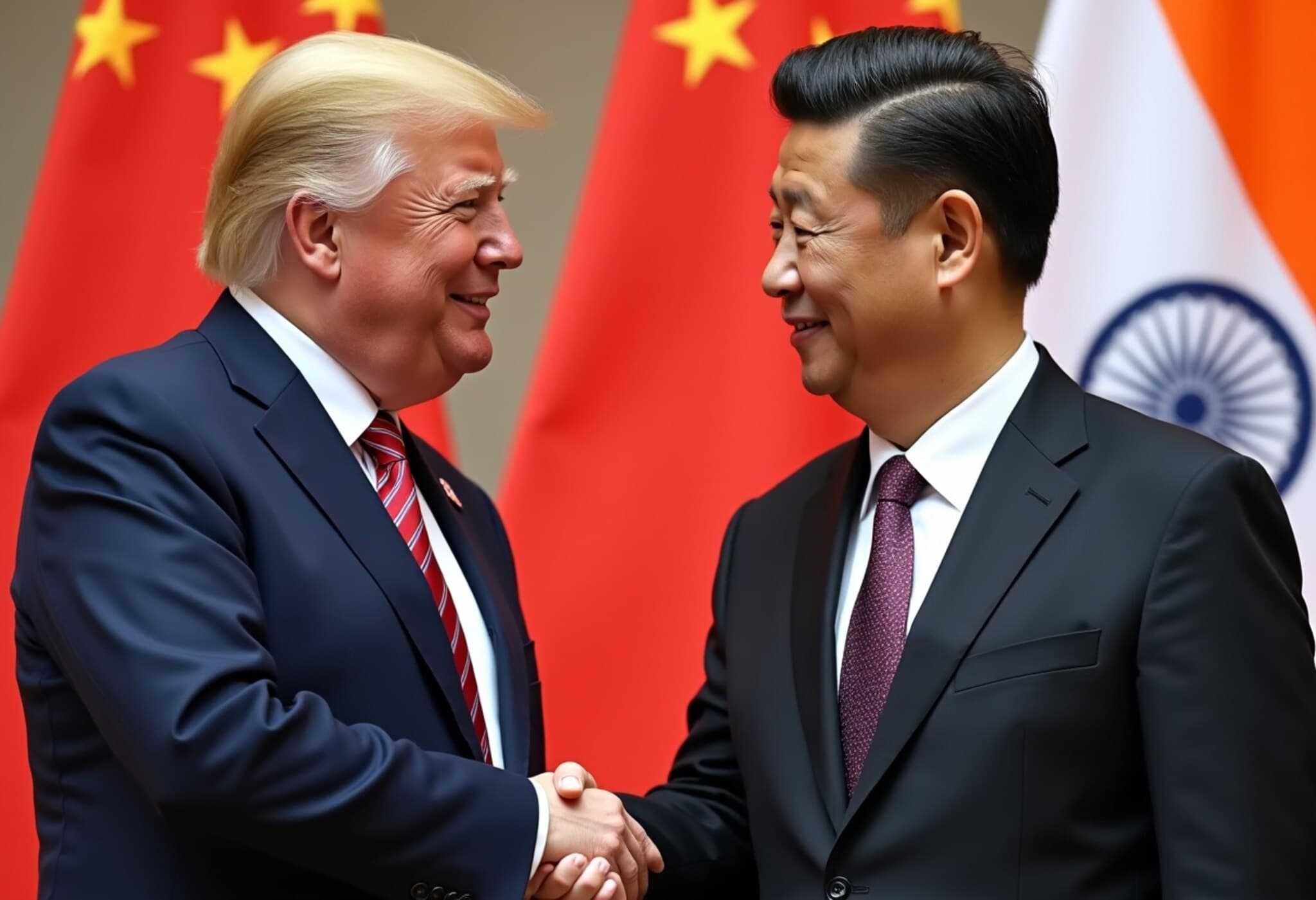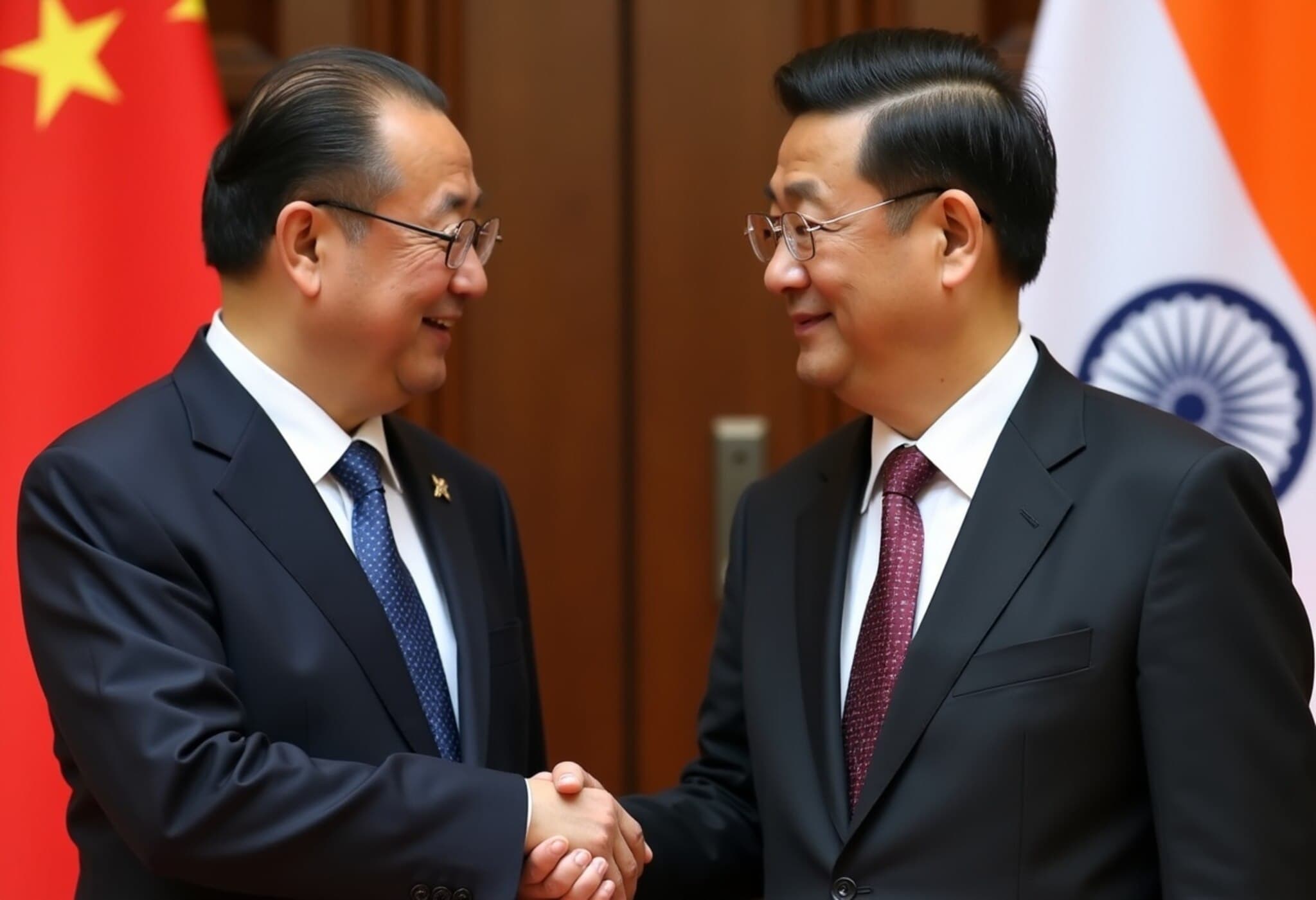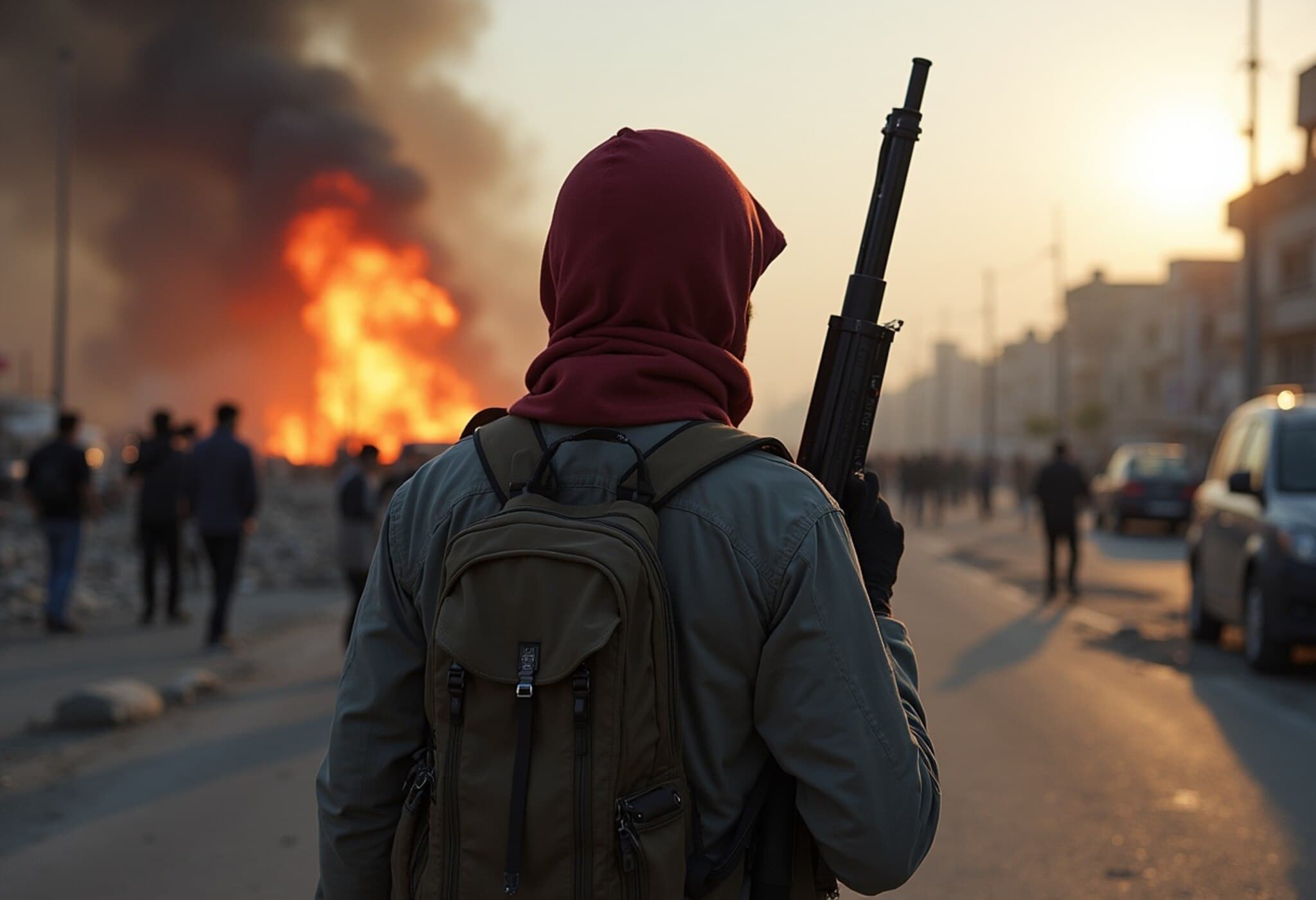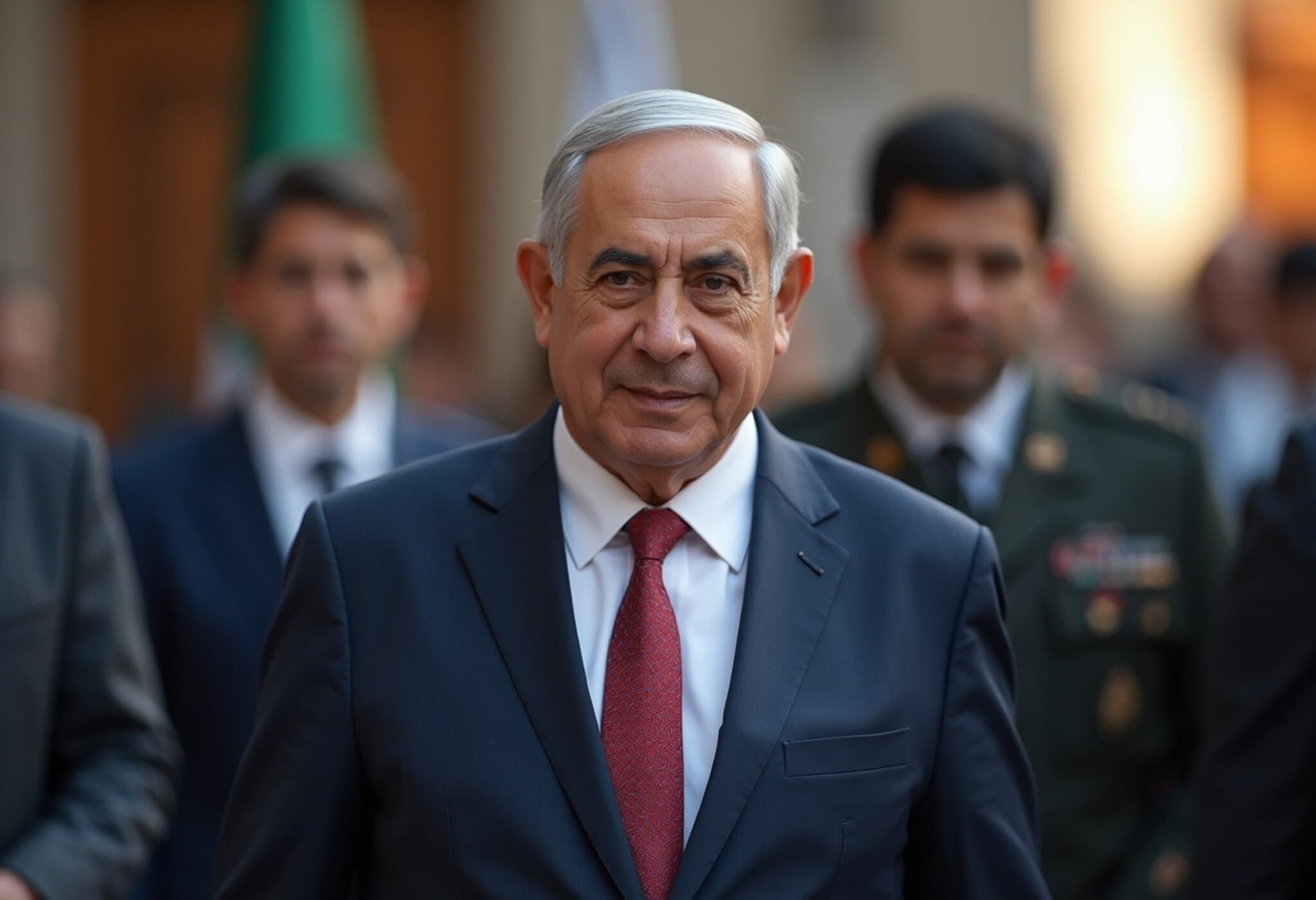Union Minister Gadkari Critiques US Tariff Strategy Amid Sharp Trade Disputes
In the heat of escalating trade tensions between India and the United States, Union Minister Nitin Gadkari voiced a pointed critique of nations leveraging economic dominance and technological prowess to exert pressure on global peers. Speaking at the Visvesvaraya National Institute of Technology (VNIT) in Nagpur on August 9, 2025, Gadkari's remarks indirectly took aim at the US following President Trump’s recent imposition of steep tariffs on Indian imports.
‘Dadagiri’ and Economic Power: Gadkari’s Veiled Reproach
Using the Hindi term ‘dadagiri’, which translates to bullying or coercion, Gadkari emphasized the risk of powerful countries using their economic and technological muscle to dominate international relations. "Those who indulge in ‘dadagiri’ are economically strong and technologically advanced," he said. He underscored that instead of resorting to bullying tactics, India’s ethos centers on collective welfare and cooperation, reflecting a broader cultural philosophy that prioritizes the welfare of the global community.
Gadkari championed India’s pursuit of technological advancement and enhanced exports as the path forward – advocating for reduced import dependence to bolster self-reliance and resilience amid external pressures.
The Trump Tariff Offensive: Unprecedented and Contentious
President Donald Trump’s administration sparked this fresh round of tensions with a new tariff announcement on August 6, 2025. By adding an additional 25% duty on a broad range of Indian goods, the total tariff burden now reaches a hefty 50%—the highest ever imposed on India. This sweeping tariff affects vital sectors including textiles, gemstones, pharmaceuticals, and automotive components, threatening to disrupt India’s export-driven industries and economic growth.
The Trump administration’s stated justification links these tariffs to India’s ongoing procurement of Russian oil, a critical element of India’s energy strategy—a move New Delhi defends as sovereign and necessary amid volatile global energy markets.
India’s Strong Diplomatic Response: Standing Firm
India condemned the tariffs as "unfair, unjustified, and unreasonable," taking a firm stand against what it sees as protectionist tactics destabilizing long-standing trade relationships. The US has also suspended bilateral trade talks, signifying a sharp diplomatic rupture unseen in nearly 20 years.
Prime Minister Narendra Modi addressed the nation's resilience by stating that India “would never compromise on the welfare of farmers, fishermen, and dairy workers” even if it meant bearing economic costs—a statement broadly viewed as a subtle rebuttal to Trump’s measures.
Defense Minister Rajnath Singh further criticized the US's stance by dubbing the country “sabka boss” (everyone’s boss) and suggesting that some global powers feel uneasy about India’s ascendance on the world stage. "Many want Indian products to become expensive so the world stops buying them," Singh said, “but no power can now stop India from becoming a global force.”
Expert Insights: Trade Conflicts and Their Broader Implications
This tariff escalation underscores the changing dynamics of international trade, where geopolitical concerns increasingly influence economic instruments. The US’s linkage of tariffs to India’s oil imports from Russia reflects the complexities of global energy security entangled with geopolitical alliances. For India, maintaining strategic autonomy while managing economic diplomacy remains a delicate balancing act.
Economists warn that such extensive tariffs may harm both countries by disrupting supply chains and raising costs for consumers and industries alike. Meanwhile, India’s push toward self-reliance and technology acquisition could accelerate indigenous innovation, reshaping its global trade strategies beyond traditional partnerships.
Underreported Dimensions: The Human and Economic Toll
- Impact on Small and Medium Enterprises (SMEs): Many SMEs that rely heavily on exports to the US could see shrinking market access and revenues, which could trigger job losses and economic distress at the local level.
- Consumer Costs: Increased tariffs often translate to higher prices for Indian goods in the US market, potentially dampening demand and affecting consumer choices.
- Energy Security and Diplomatic Nuances: India’s energy strategy involving Russian oil remains a sensitive issue, intertwining economic necessity with geopolitical considerations amidst broader sanctions regimes.
Looking Ahead: India’s Strategic Path Forward
Faced with punitive tariffs and diplomatic friction, India’s leadership signals a commitment to economic resilience through self-sufficiency, technological innovation, and global outreach. The emphasis on cutting imports while boosting exports is part of a larger vision to fortify India’s standing in the global marketplace, making it less vulnerable to external economic shocks.
Simultaneously, observers will watch closely how New Delhi navigates this complex terrain: balancing its energy needs, protecting domestic industries, and maintaining diplomatic channels with the US and global partners.
Editor’s Note
The unfolding tariff conflict between India and the US illustrates the deep interconnection between economics and geopolitics in 2025. It raises essential questions about the future of global trade norms, the limits of economic coercion, and how emerging powers like India can assert themselves on the world stage without escalating conflict. As both nations grapple with competing interests, the path to sustainable cooperation may require recalibrated diplomacy, mutual respect, and innovative economic strategies.
For readers and policymakers alike, this moment in global trade history offers a window into the challenges of balancing national interests with the demands of a highly interconnected world economy.

